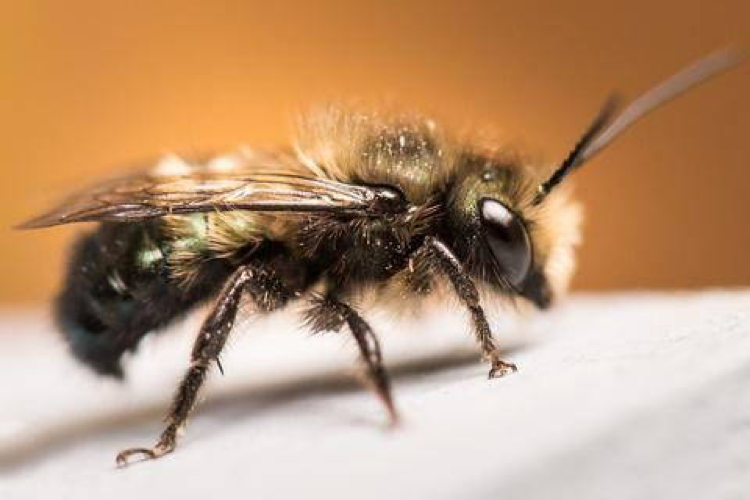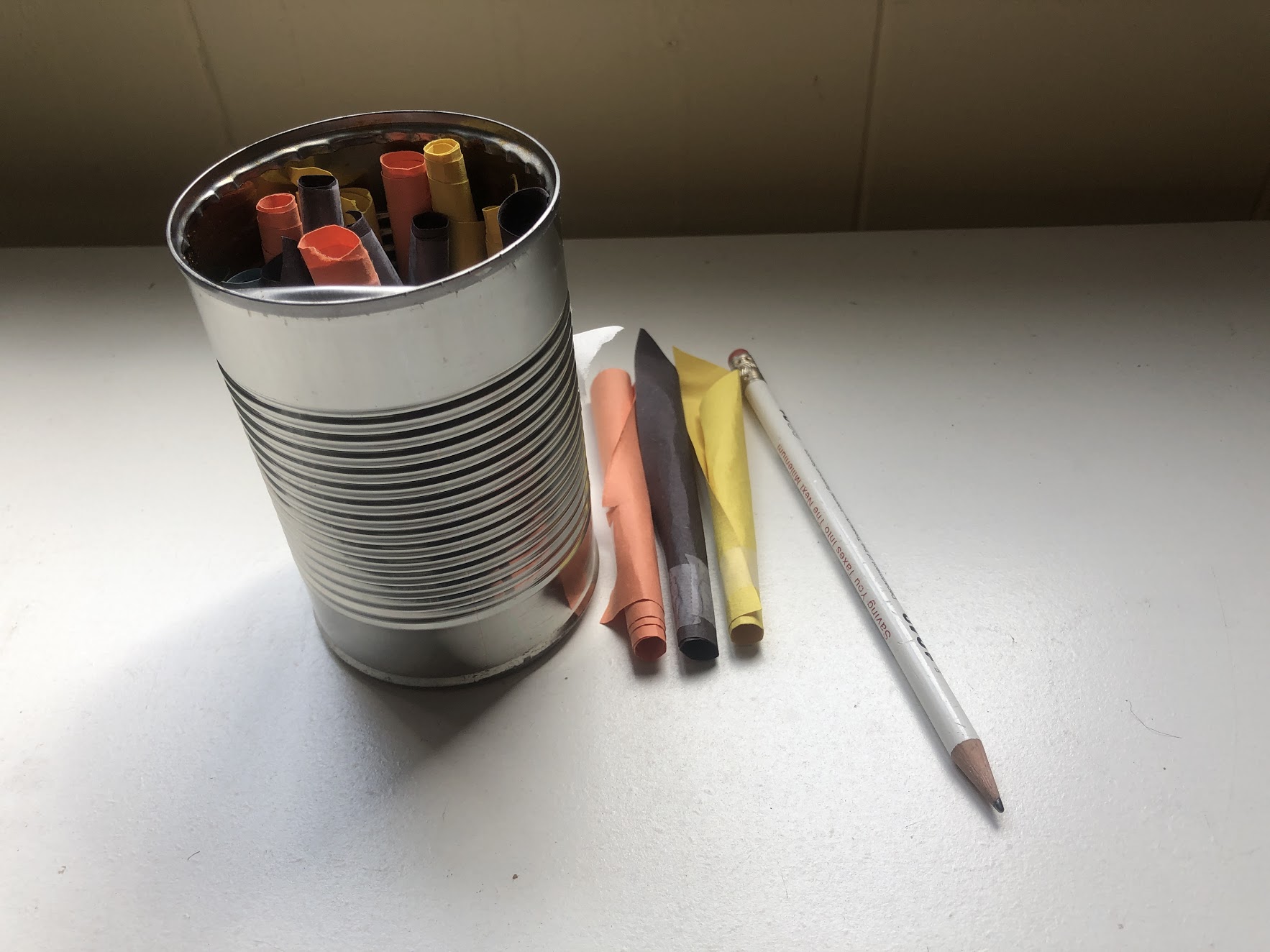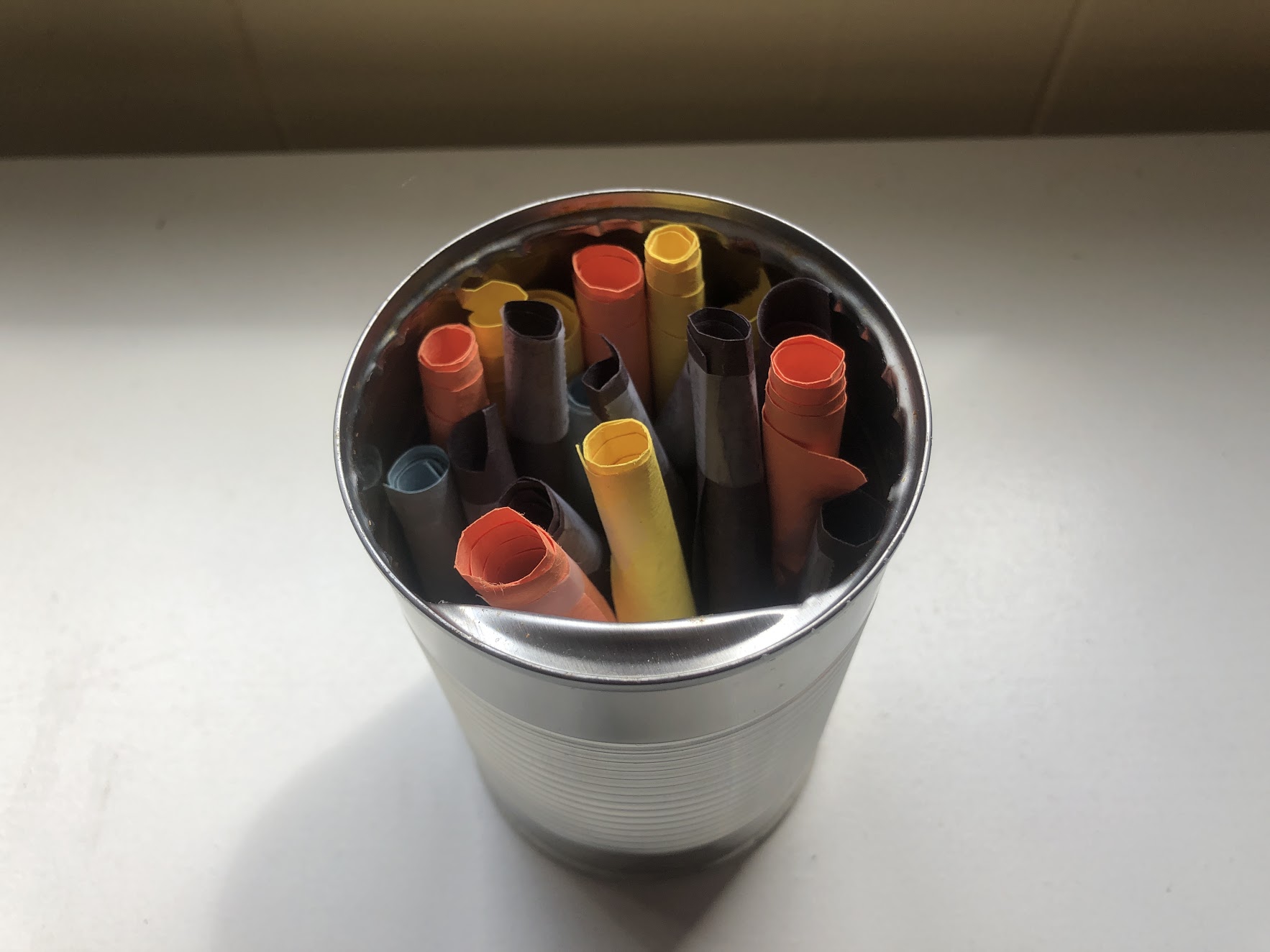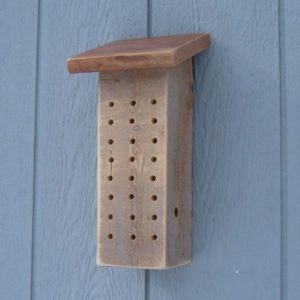Submitted by South Sound GREEN
In the face of COVID-19 and recent stay at home order, parents and guardians may find themselves looking for activities that not only keep students engaged, but also provide information about local environmental science and concerns. In our South Sound GREEN Home Based Science Project series, we will introduce and demonstrate various hands-on and at-home activities for children of all ages to do either indoors or outside!
 This time we are going to learn how to make houses for local bees!
This time we are going to learn how to make houses for local bees!
Mason Bee House
Grade Level: 3rd – 8th
Materials
- Easy version:
- Metal can or plastic bottle
- Paper
- Tape
- Hollow sticks or bamboo
- Advanced version (adult supervision and steps required!):
- Block of wood (an old piece of 4×4 will work well)
- Drill and drill bits (between 3/32 inch and 3/8 inch)
Background
 In our earlier Spot the Pollinator and Pollen, Pollen Everywhere articles, we talked about the importance of bees for plant pollination. But we have yet to talk about the bees themselves! When people think of bees, they may imagine bumblebees or large hives filled with honey, but this isn’t always the case.
In our earlier Spot the Pollinator and Pollen, Pollen Everywhere articles, we talked about the importance of bees for plant pollination. But we have yet to talk about the bees themselves! When people think of bees, they may imagine bumblebees or large hives filled with honey, but this isn’t always the case.
In North America, there are about 4,000 native bee species, ranging in size from less than a tenth of an inch to about the size of a quarter. And believe it or not, this does not include common honey bees! In fact, honey bees aren’t technically a native species, as they were brought over by European settlers likely in the 1600s. Most of the bees native to North America do not produce and store honey or live in large communal hives. So what do these species do instead?
Over 70 percent of native bee species actually live in the ground, while some bees, like our native mason bees, are more solitary and live in individual dwellings within naturally-created holes and crevices. Mason bees look noticeably different from typical honey bees – they usually have a darker color, and can be blue, green, or black. Like honey bees, mason bees are amazing pollinators (they’re even more effective pollinators than honey bees because of their excellent ability to cross-pollinate) that visit a variety of plants, though mason bees are generally less aggressive and rarely sting humans. For these reasons, mason bees are very useful to have in home gardens!

With native bee populations becoming threatened in various ways, providing welcoming habitats for them is critical. In this activity, you will learn how to build a bee house for our gentle and helpful mason bees!
Procedure
- There are multiple ways to build a mason bee house. Please select the option that best fits with your available materials, tools, and expertise. If you are unable to build a mason bee house and still would like to help these bees, the best thing you can do is to plant and care for native plant species!
- For the easy version of the bee house, start with an aluminum can or a plastic bottle that has been cut to the shape of a cylinder. Make sure that your can or bottle is completed cleaned out and that any sharp edges are covered or smoothed down so that you don’t cut yourself.
- If you have any hollow sticks or bamboo, fill the can/bottle with them so that the openings are facing outward. If you don’t have any available, you can make small tubes out of pieces of paper and keep them closed with a piece of tape. The tubes should be about a quarter of an inch in diameter, or about the width of your pinky (it’s okay if they vary a little in size). Make sure there are enough sticks or tubes so that they are secure and won’t come loose.


- Place your mason bee home outside. It is best if the holes can face in a direction where it can receive sun in the morning, so try to face the home towards the east. Make sure the home is secured so that the weather won’t dislodge it or disturb it. It is best if the home is a few feet off of the ground.
- For the advanced version, find a piece of scrap wood that is decently thick. A piece of 4×4 would work great.
- Mark spots to drill your holes. Holes should be about 1 inch apart from each other.
- Using a drill with a 1/4 inch bit (or something close to that size) drill the holes about 3 1/2 inches deep, or almost the entire length of the wood.

- Find a place to put your mason bee home using the same instructions as before!
- If you want to attract mason bees to your area, plant lots of native plants!
Vocabulary
- Communal hives: bee hives where bees live in cooperative groups composed of a queen and her daughter workers
- Cross-pollinate: pollination of a flower or plant with pollen from another flower or plant.
- Pollination: Pollination is the transfer of pollen from a male part of a plant to a female part of a plant, later enabling fertilisation and the production of seeds, most often by an animal or by wind.
- Solitary: Solitary bees are lone bees, which means they do not belong to a colony.
Keep Learning!
- Learn more about mason bees with the Honeybee Conservancy
- Plant pollinator-friendly native trees and shrubs in your neighborhood or backyard!
- Learn how you can take action for bees through The Xerces Society’s Pollinator Conservation Resources for the Pacific Northwest
- Learn about some of the current global threats to bees and other pollinators here
- Share your mason bee houses with us on Instagram! Use the hashtag #GREENfromhome or find us at @southsoundgreen.
South Sound GREEN (Global Rivers Environmental Education Network) is a watershed education program in Thurston County that educates, empowers and connects thousands of local students in watershed studies annually. Through South Sound GREEN, participants engage in science and engineering practices related to water quality in South Sound. For more information, visit the South Sound GREEN website.















































